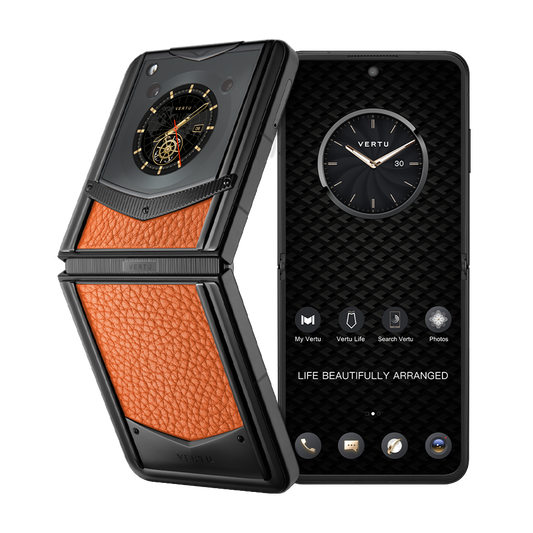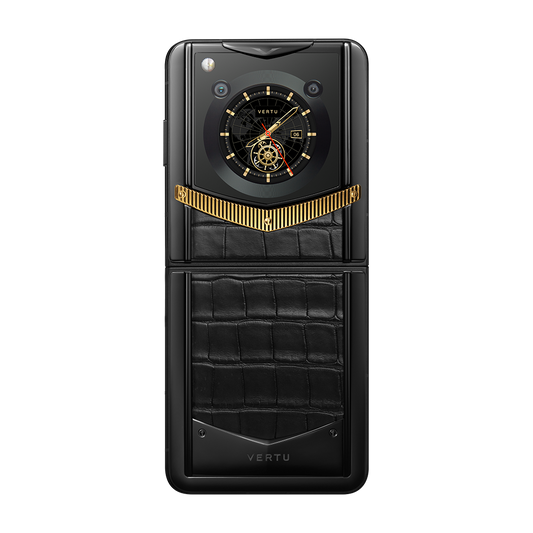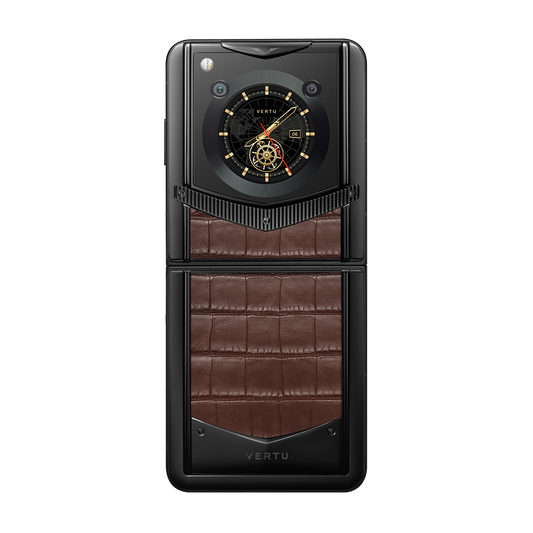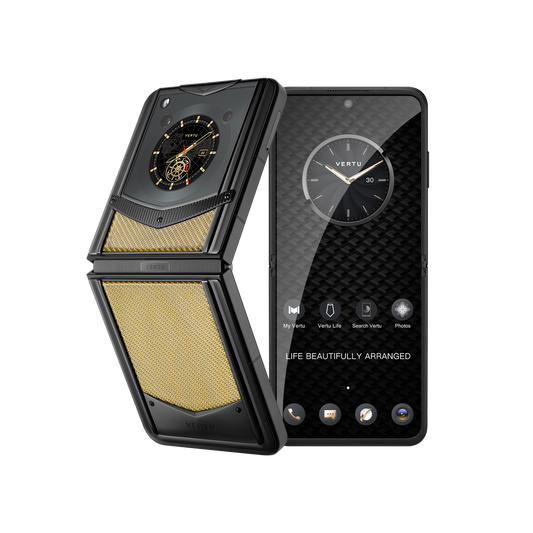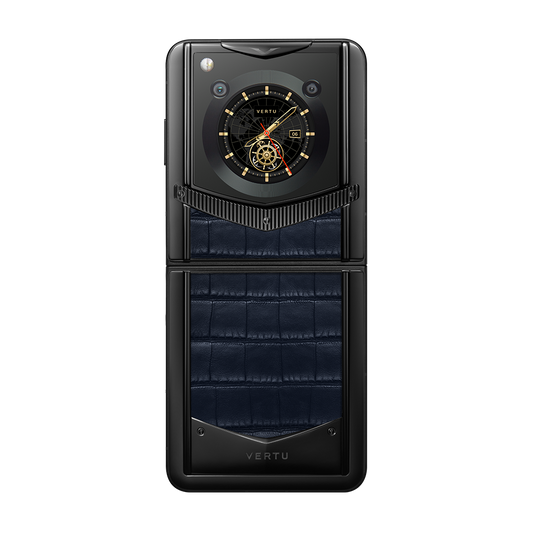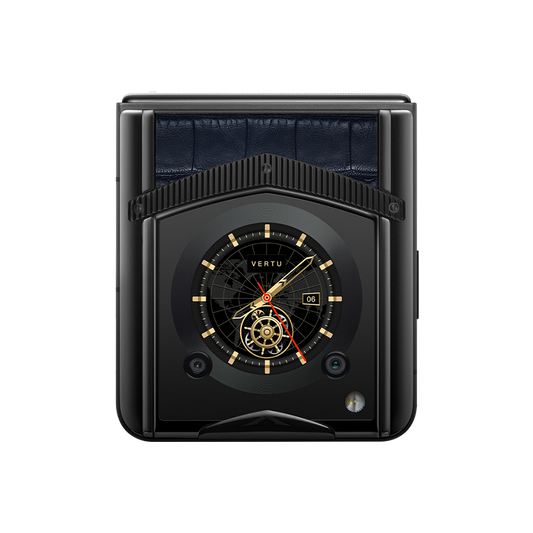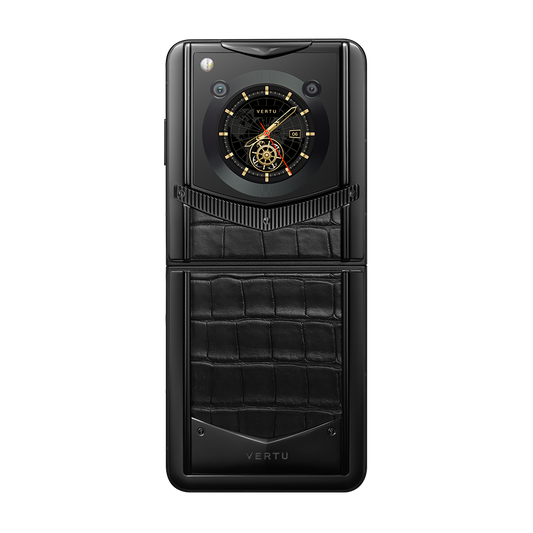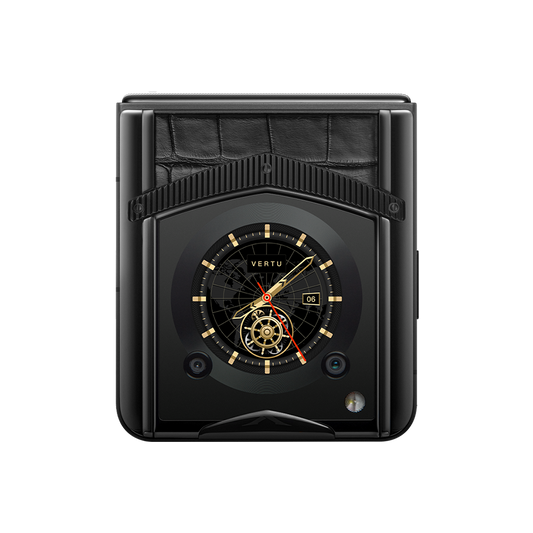The Post-€3 Billion Era of Prada

The luxury industry has experienced significant growth in the past decade, but only a few companies have emerged as winners. Prada, Moncler, Dior, and Gucci have managed to stand out from the competition.
Analysts have calculated that Dior's performance has tripled in three years to 6 billion euros, making it the most successful deal for LVMH's owner in nearly three decades and providing the group with a second powerful growth engine. The scale of Dior's growth has given LVMH a structural advantage in the current market that cannot be shaken, as it is the only giant to own two flagship luxury brands.
Another potential disruptor in the market is Prada.
However, Prada's rapid growth over the past three years may be difficult to comprehend for the mass market. Critics have targeted Prada's marketing strategy and product retention. Some argue that Prada's heavy reliance on marketing was a poor decision.
However, Prada's performance has barely suffered and has outperformed the luxury industry.
The marketing jargon masks the gradual evolution that the brand has undergone over the past decade. Although these changes are not visible to consumers, times of crisis highlight the significance of a brand's operational capacity. Today it appears that Prada made the right decisions during the economic downturn and did not squander the opportunity.
Despite the brand's performance, Prada, under the leadership of Miuccia Prada, is almost faultless in the creative field. Miuccia Prada's thirty-plus years of hands-on design and consistent high-quality output in the creative field have resulted in a sufficiently rich and solid brand equity for the company.
When it comes to business, the most important dimensions to consider are products and channels.
While strong creativity is essential to provide nutrients for Prada's product power, it is important to note that creativity is not equal to the product. From 2013 to 2017, Prada lacked popular products beyond their classic handbags, and the market once criticized the brand's product quality. In 2016, Prada, which originally focused on handbags, returned to its handbag strategy and implemented a price reduction strategy for its products. This is not uncommon among luxury brands during transition periods and economic challenges, where counter-trend price increases are prevalent.
Additionally, Prada's channel reform is a key factor in its success, which is often overlooked. To address the channel problem, the group reduced the number of store openings, closed unreasonable stores, and discontinued part of the wholesale business. It also closed outlets and increased the sales ratio of regular-priced products to reflect the luxury brand status.
Overall, despite recent complaints about the increasing cost of Prada products, the brand's strategy of maintaining regular prices has been successful. This may be attributed in part to the consistency of Prada's creative style.
In recent years, Prada has prioritised improving the quality of retail sales in regular stores over maintaining a large number of discount stores. Focusing on store efficiency and commercial conversion are often overlooked by consumers but they are essential skills for the brand.
Prada is currently undergoing a group-wide organizational change to break the inertia of the Italian family business. Prada's main brand revival has supported the group's overall momentum towards 5 billion euros and beyond. Over the past two years, the group's second card, Miu Miu, has also followed smoothly. However, to achieve its next scale target, Prada needs to find a solution to enter the first-class club with a high-end stance. To maintain the luxury brand positioning, Prada should focus on establishing sound fundamentals, while Miu Miu should play the role of a fashion brand. This will allow them to leverage the market trend and quickly close the gap with the Prada brand in terms of scale. The ultimate goal is to establish a double giant structure similar to LV and Dior. This feasible layout should not be overlooked.








